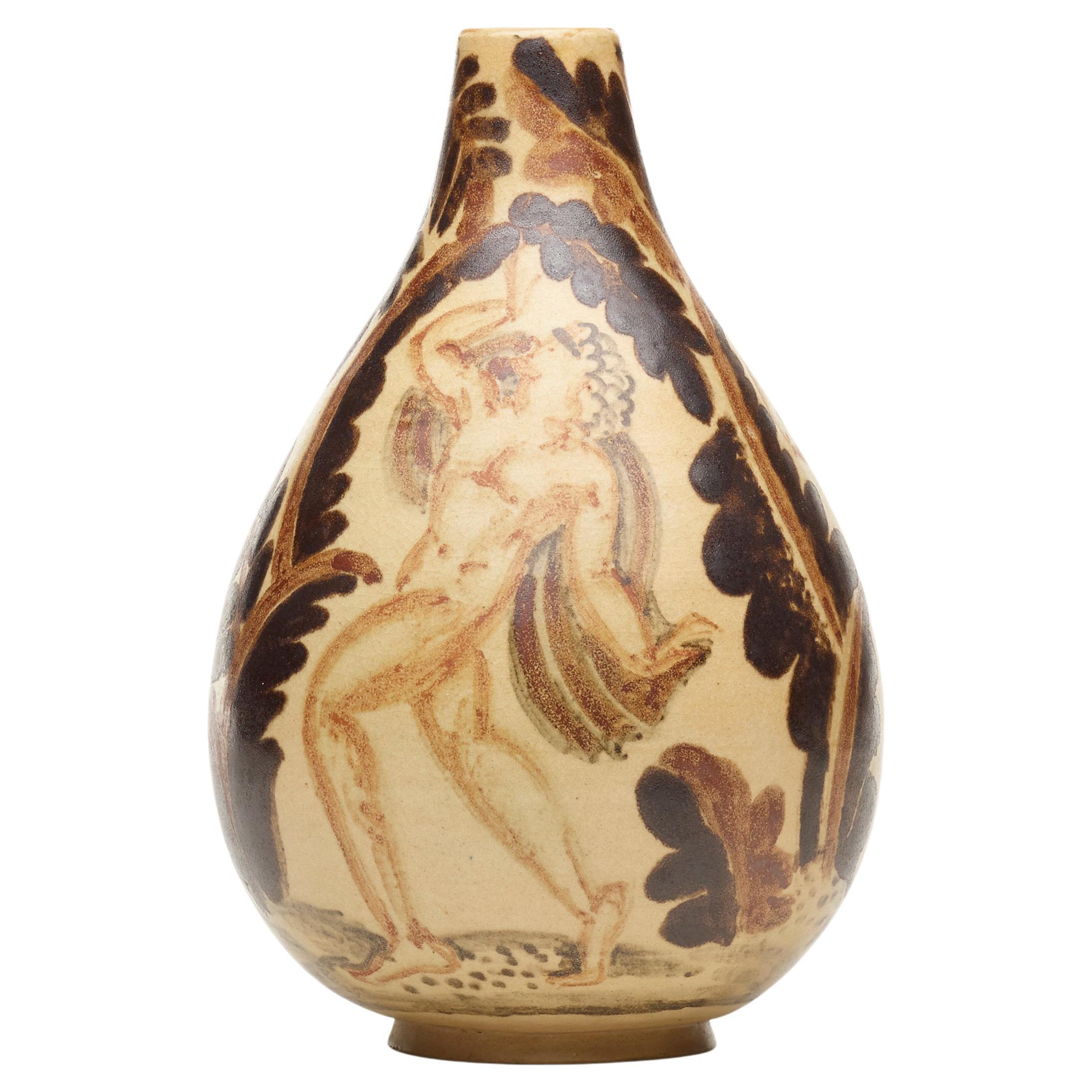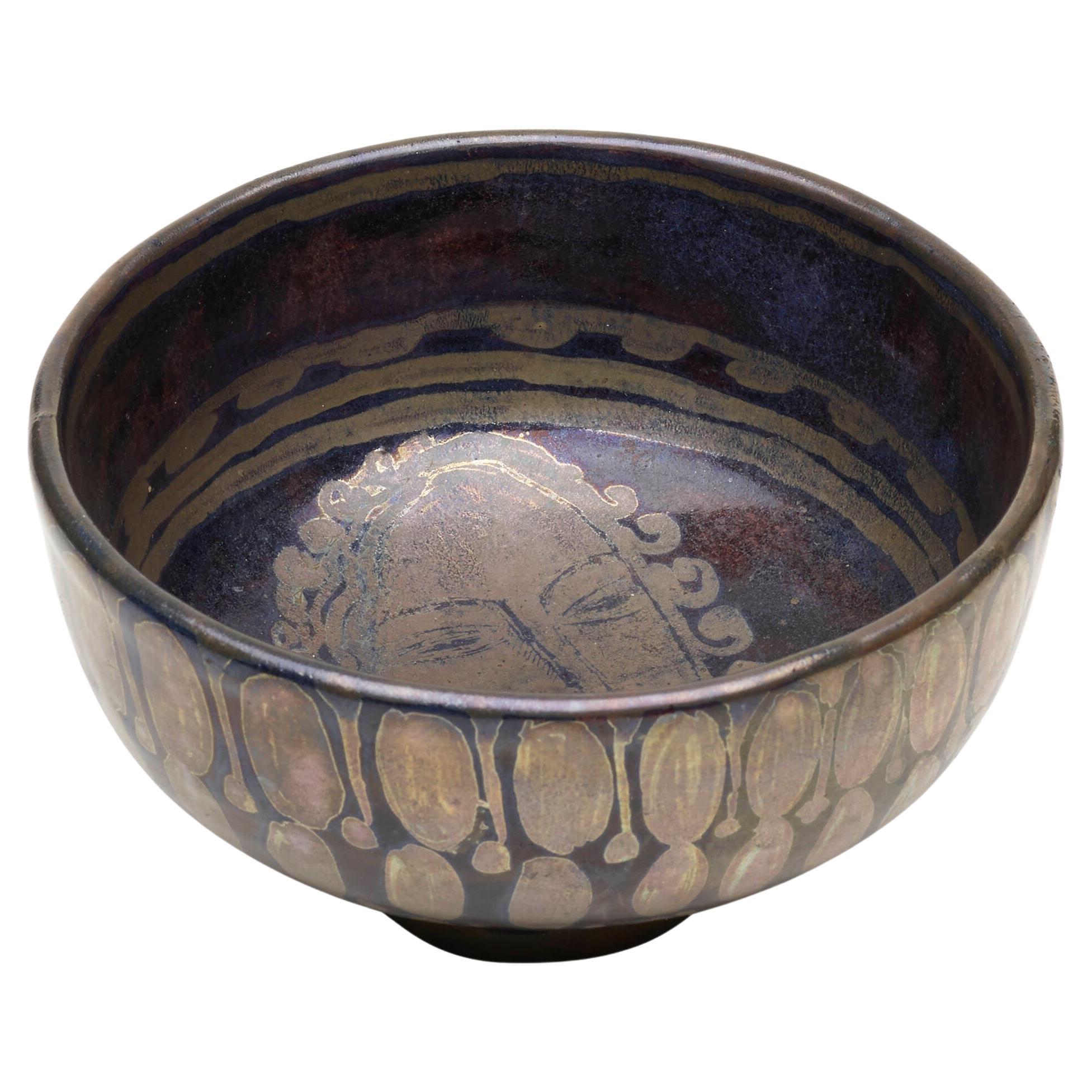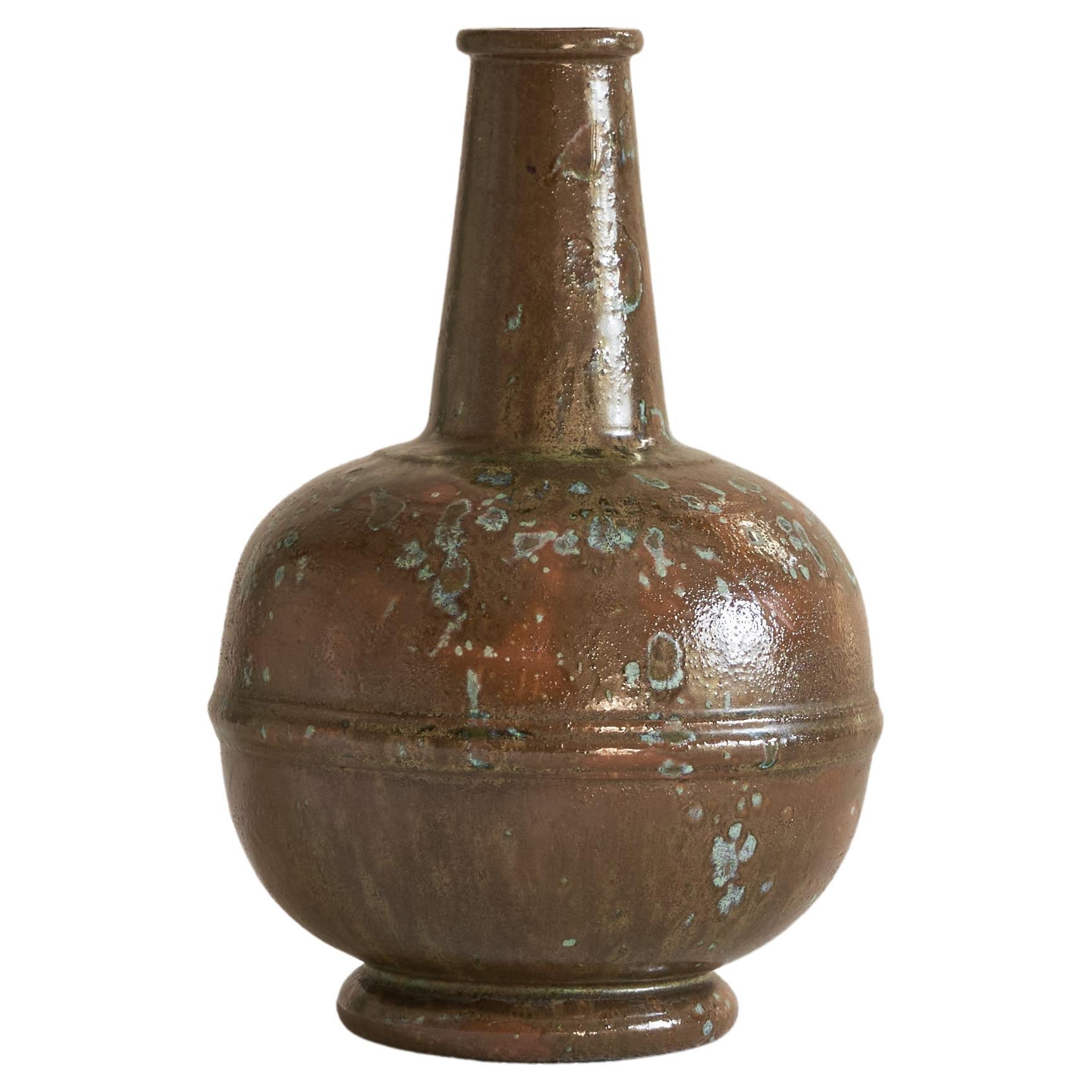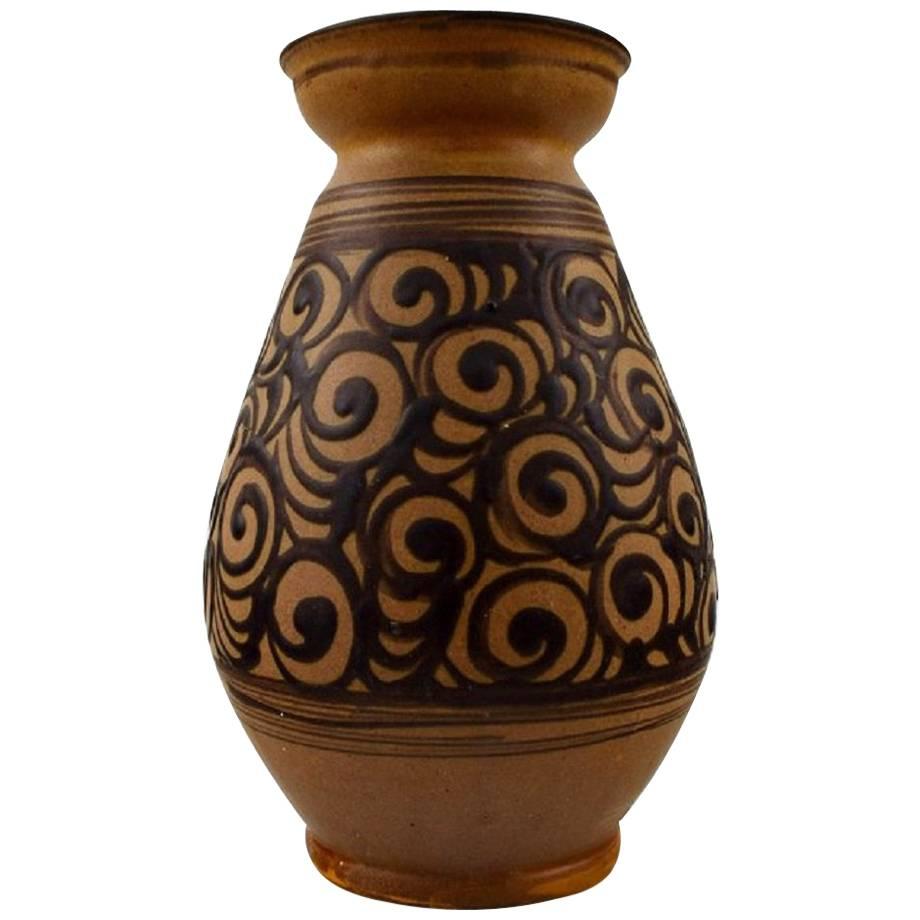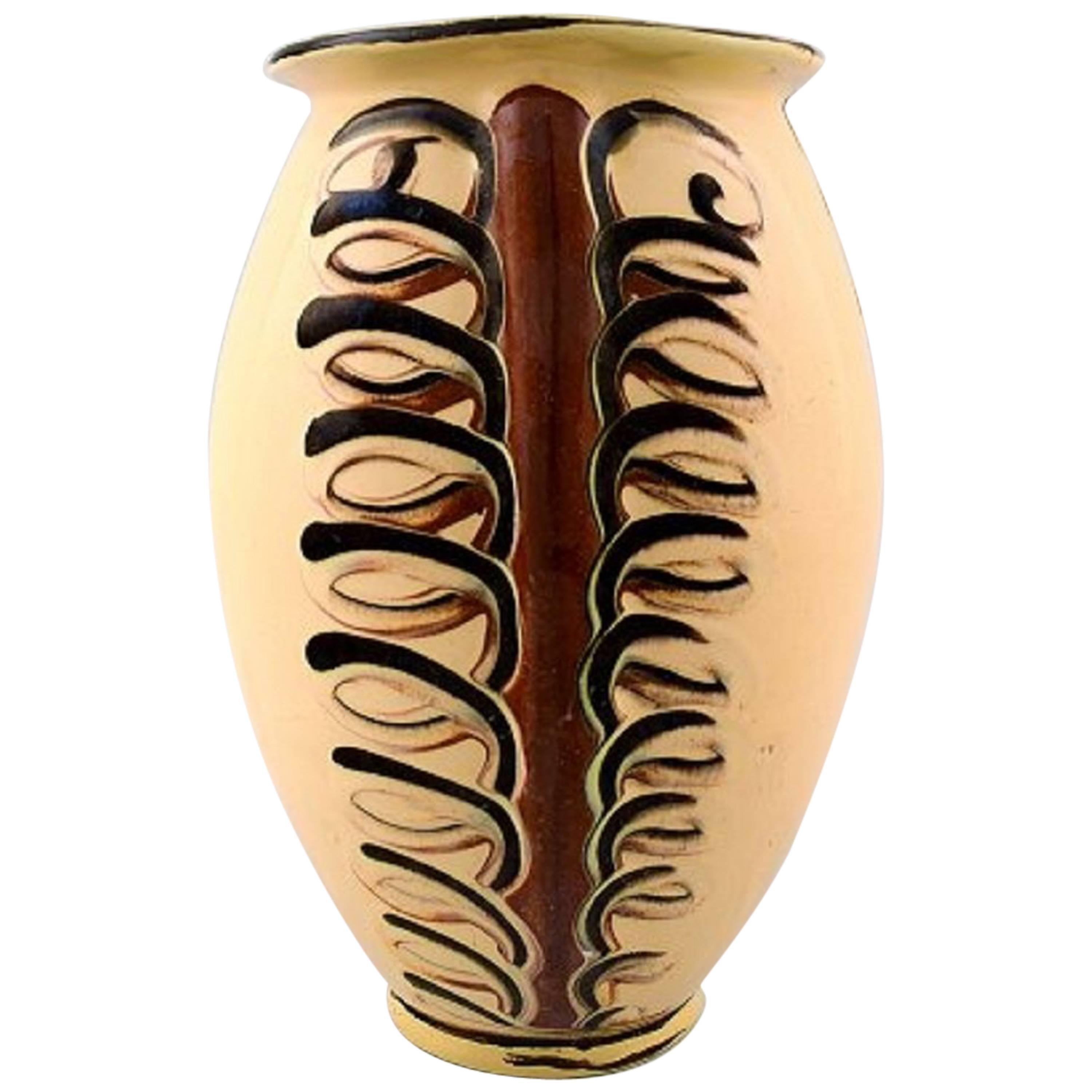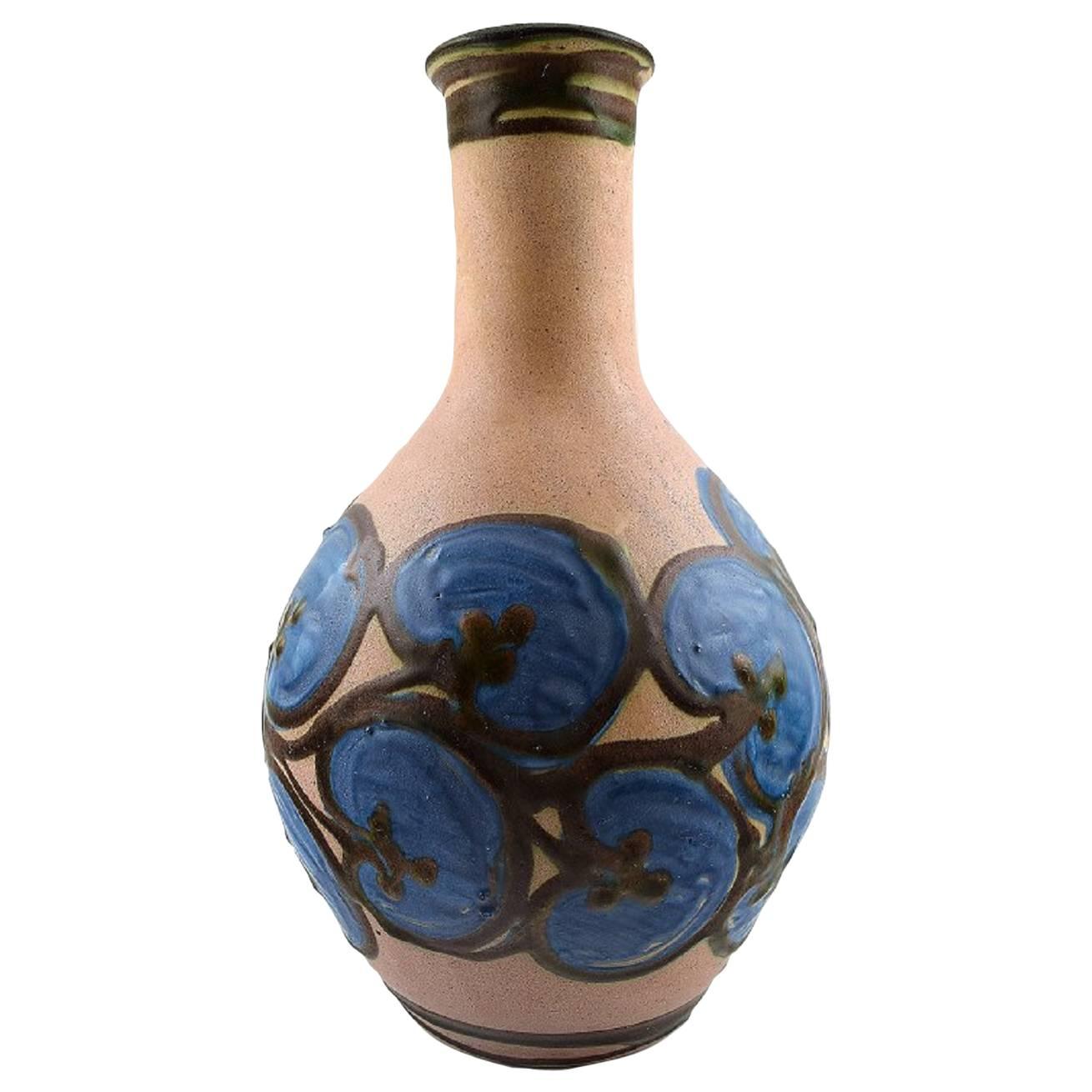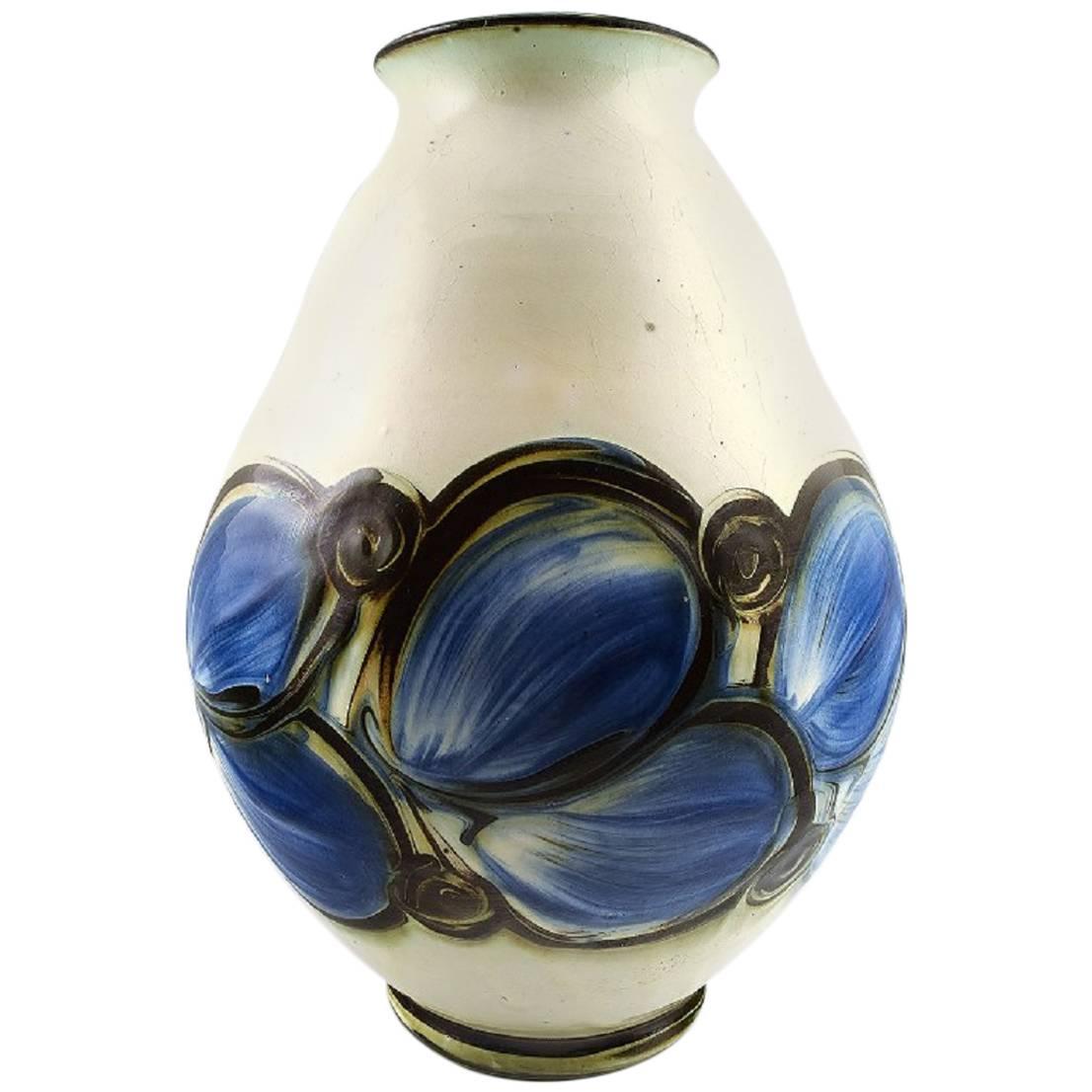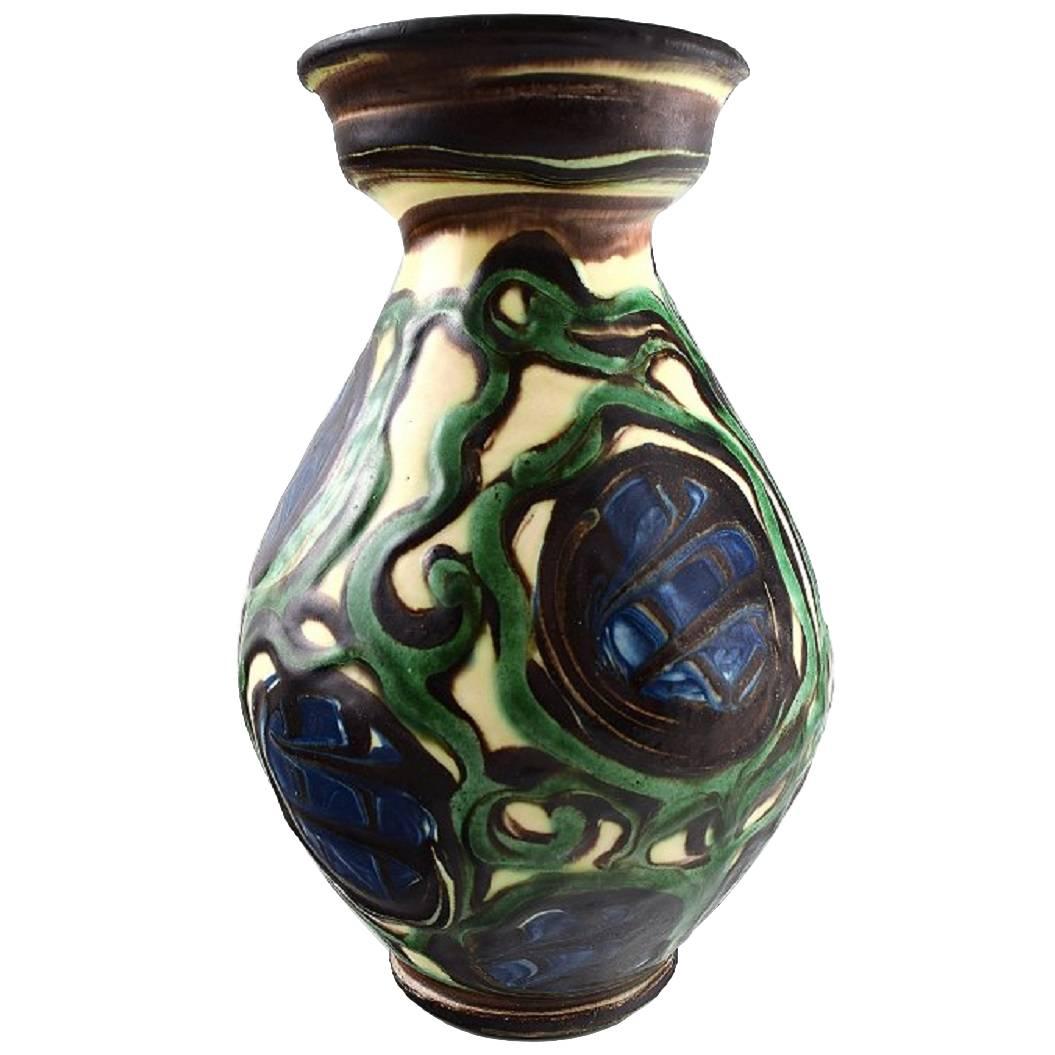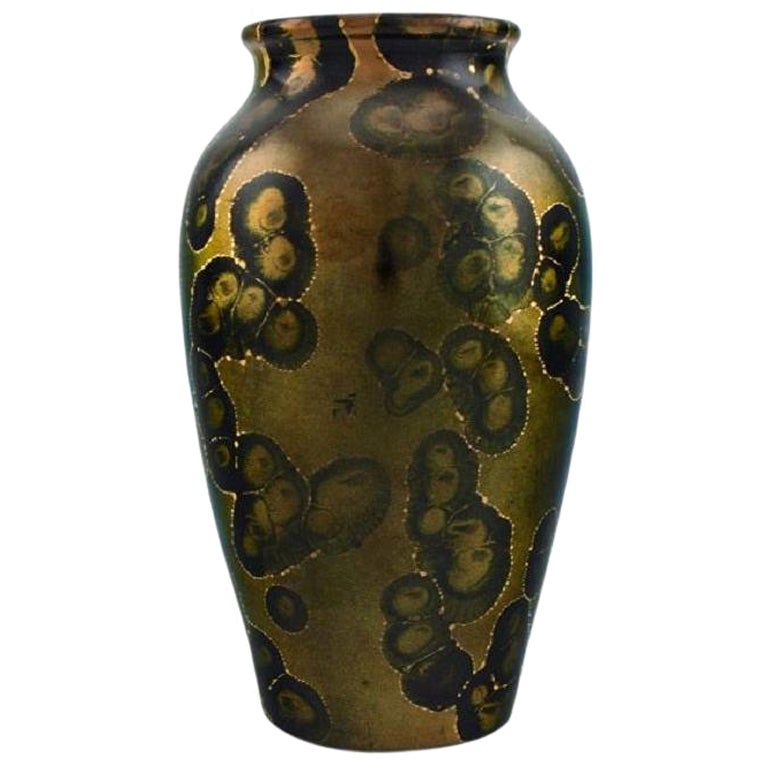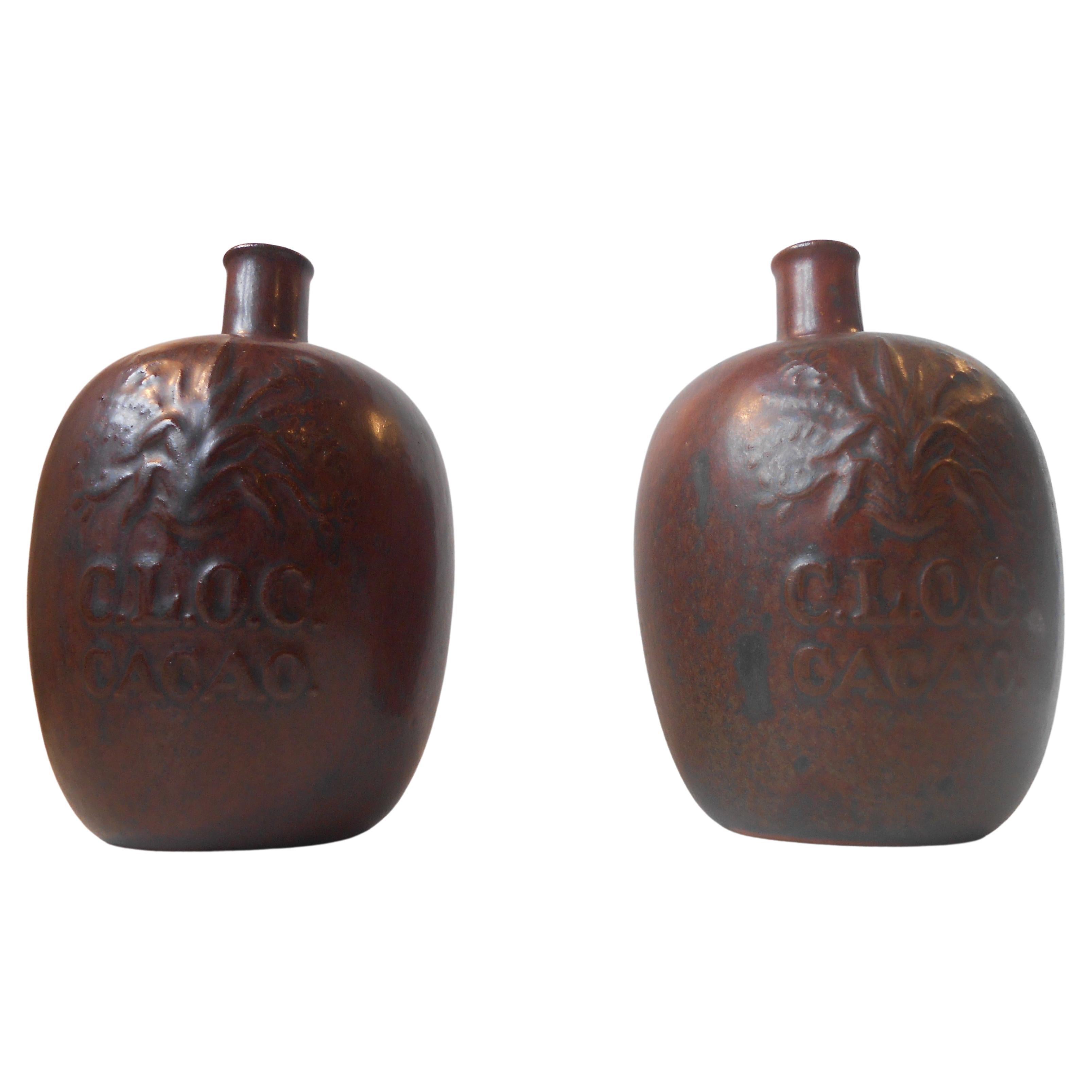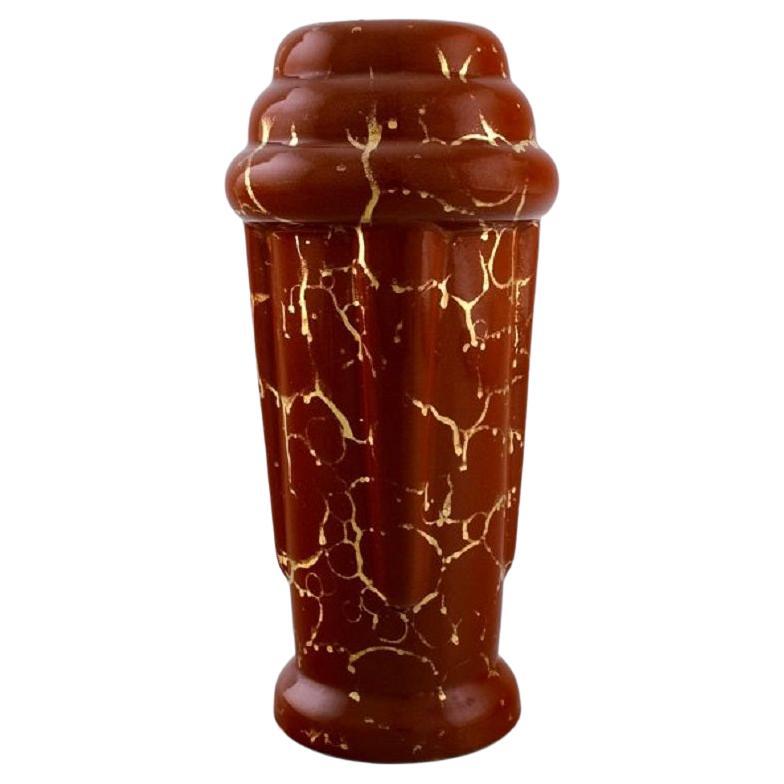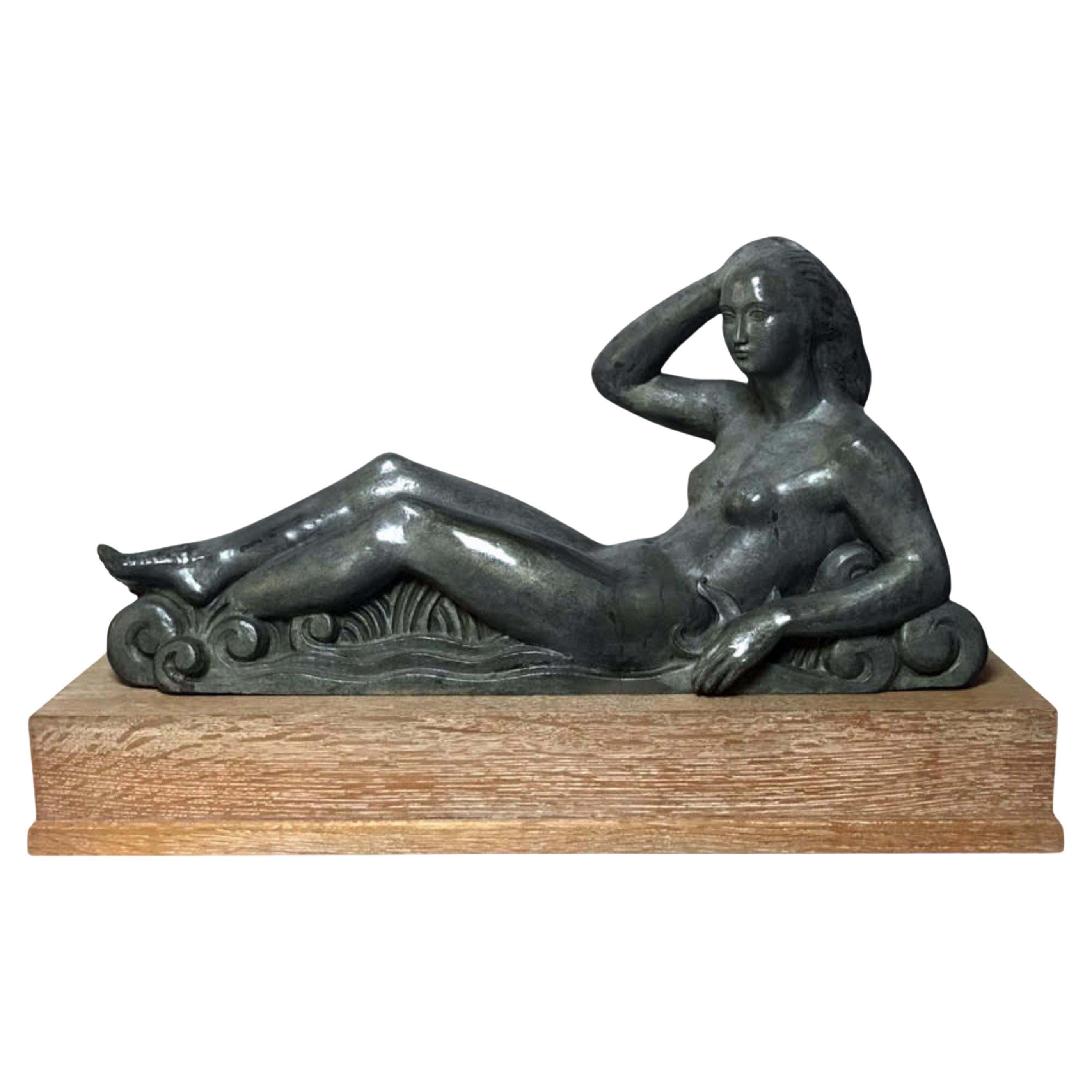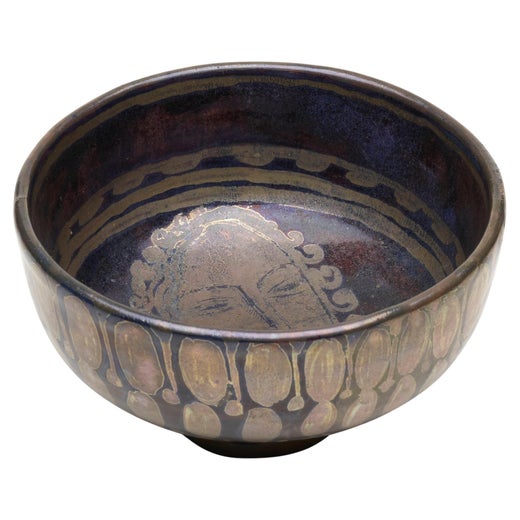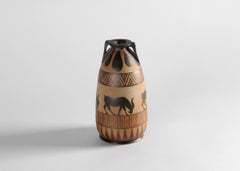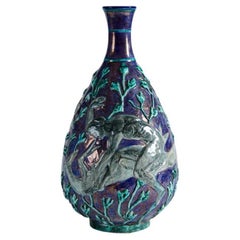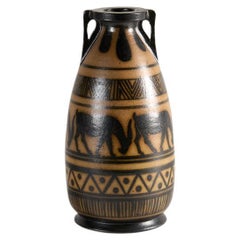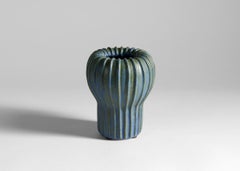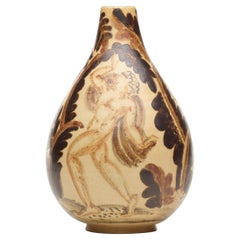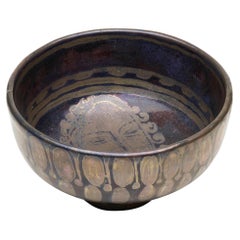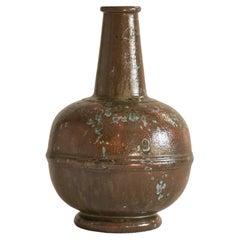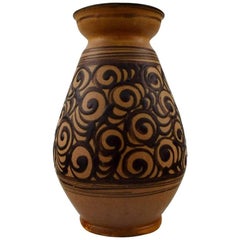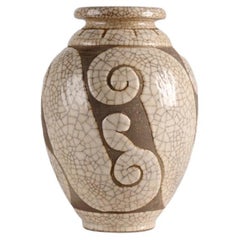
René Buthaud, Glazed Stoneware Vase, France, c. 1930
View Similar Items
René Buthaud, Glazed Stoneware Vase, France, c. 1930
About the Item
- Creator:René Buthaud (Artist)
- Dimensions:Height: 8.25 in (20.96 cm)Diameter: 5.75 in (14.61 cm)
- Style:Art Deco (Of the Period)
- Materials and Techniques:Stoneware,Glazed
- Place of Origin:
- Period:
- Date of Manufacture:circa 1930
- Condition:Wear consistent with age and use.
- Seller Location:New York, NY
- Reference Number:Seller: BUTH 021stDibs: LU781332317202
René Buthaud
René Buthaud was born in Saintes on December 14, 1886. He was a student at the École des Beaux-Arts in Bordeaux from 1903–07 and on receiving a grant from the Bordeaux municipal authorities, went to Paris to study at the École des Beaux-Arts until 1913. Here he concentrated on painting and engraving. He was trained when he was very young by an engraver on silver who taught him how to handle a burin. In 1911, many of his portraits and landscapes were exhibited at the Salon des Artistes Français. They were awarded the Attainville Prize, an honor comparable to the Prix de Rôme. His engravings would eventually receive the second Prix de Rôme in 1914.
More From This Seller
View AllEarly 20th Century French Ceramics
Stoneware
Vintage 1930s French Art Deco Vases
Porcelain
Early 20th Century French Ceramics
Ceramic
Vintage 1930s Danish Ceramics
Stoneware
Vintage 1920s French Art Deco Vases
Ceramic
Early 20th Century French Art Deco Glass
Glass
You May Also Like
Vintage 1930s French Art Deco Vases
Ceramic
Vintage 1930s French Art Deco Vases
Ceramic
Early 20th Century Unknown Mid-Century Modern Vases
Ceramic
Vintage 1930s Danish Art Deco Vases
Vintage 1930s Danish Art Deco Vases
Vintage 1930s Danish Art Deco Vases
Recently Viewed
View AllRead More
Who Were Guillerme et Chambron? French Veterans of WWII with a Knack for Clever, Quirky and Livable Furniture
Their charming solid-oak pieces offer homes utility and comfort.
Sit on a Cactus? If It’s Georgis & Mirgorodsky’s Le Nopal Chair, the Answer Is Yes, Please!
The witty piece was inspired by Surrealism and vaquero culture.
